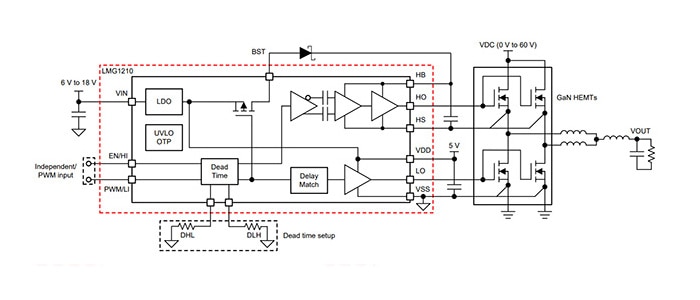A Guide to Op Amp Selection
Operational amplifiers, more commonly known as op amps, have been a fundamental component in electronic designs for decades, and it’s easy to see why. With only a few changes in external components, a simple op amp can become an amplifier, a filter, an oscillator and even more.
Like many things in engineering, selecting an op amp comes down to compromises. Most of an op amp’s parameters are simply measurements of how much it deviates from the ideal model. For a simple amplification, you may be mostly concerned with finding the right supply voltage and output capability. For something involving precise measurements, offset voltage and bias current may be critical to reduce error. Defining usable ranges for these values is key to finding parts using the DigiKey search.

At the time of this writing, DigiKey has around 12,000 unique parts in the op amp family. Sorting through all of these using the filters can be daunting, but a bit of cleverness in the selection order can make it easier.
As with all my DigiKey searches, I like to start with the Packaging and Part Status parameters to remove all of the large quantity part number variants and select only active, stocking parts.
My next step is to start with high level parameters and work toward the lower level details. For example:
- High Level
- Mounting Type
- Output Type
- Number of Circuits
- Ratings
- Operating Voltage
- Output Current
- Application Details For these specifications, selecting the range of acceptable values will give better results than trying to focus on a single value.
- Bandwidth
- Offset Voltage
- Bias Current
- Supply Current
I try to save parameters like Amplifier Type, Operating Temperature, and Package/Case until the very end. Since these parameters are very specific, it is easy to unintentionally exclude options that may have worked and remove good results from the search.
A more detailed breakdown of op amp specifications with basic example circuits can be found on the EEWiki. If you have questions, feel free to reach out to us through the TechForum.

Have questions or comments? Continue the conversation on TechForum, Digi-Key's online community and technical resource.
Visit TechForum



 DigiKey의 응용 프로그램 엔지니어인 Taylor Roorda는 2015년에 입사했으며, 주로 내장 시스템, 프로그래밍 가능 논리 및 신호 처리 관련 분야에 관심이 깊습니다. Taylor는 노스 다코타 주립대학교에서 전기 공학 학사 학위를 취득했으며 여가 시간에는 기타 연주와 작곡을 즐깁니다.
DigiKey의 응용 프로그램 엔지니어인 Taylor Roorda는 2015년에 입사했으며, 주로 내장 시스템, 프로그래밍 가능 논리 및 신호 처리 관련 분야에 관심이 깊습니다. Taylor는 노스 다코타 주립대학교에서 전기 공학 학사 학위를 취득했으며 여가 시간에는 기타 연주와 작곡을 즐깁니다.




